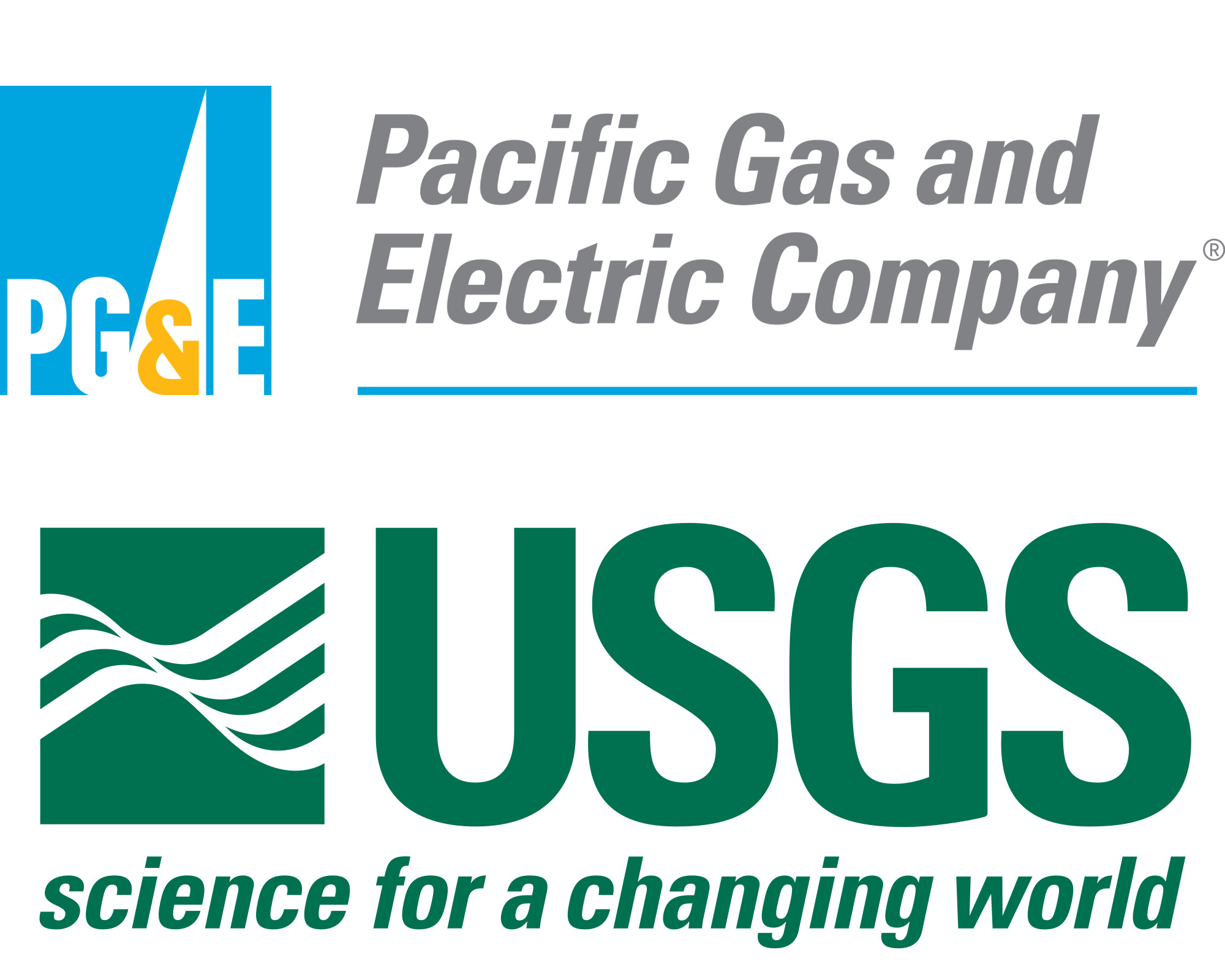Two experimental soil-foundation-structure-in- teraction (SFSI) structures installed side-by-side at the NEES@UCSB Garner Valley field site are fully instrumented to record their response to am- bient earthquakes. The larger frame is identified as the SFSI and the smaller one is affectionately called “MiniMe.”
The SFSI experiments are very significant because they record in situ response of structures to earthquakes. While experimental shake table and laboratory testing research is advancing our

